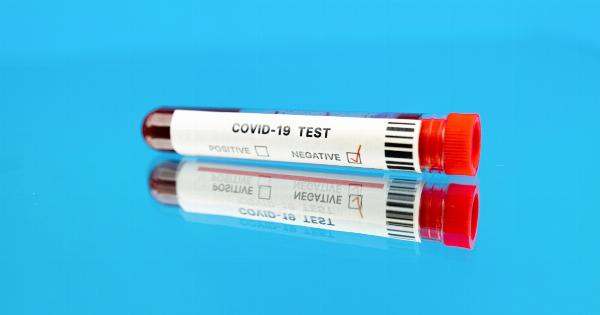Artificial fertilization, also known as in vitro fertilization (IVF), is a process where eggs are removed from a woman’s ovaries and fertilized with sperm in a laboratory.
The fertilized eggs, or embryos, are then transferred back into the woman’s uterus with the hope of achieving a successful pregnancy. IVF can be a complex and emotional journey, but it has helped millions of couples achieve their dreams of having a child. Here is a step-by-step guide to artificial fertilization:.
Step 1: Ovarian Stimulation
Before eggs can be retrieved, a woman’s ovaries need to be stimulated to produce multiple mature eggs. Hormonal drugs are used to stimulate the ovaries, and ultrasounds are used to monitor the growth and development of the eggs.
This process typically takes 10-14 days.
Step 2: Egg Retrieval
When the eggs have matured, they are ready to be retrieved. Egg retrieval is a minor surgical procedure that is performed under sedation. A small ultrasound-guided needle is used to remove the eggs from the ovaries.
The procedure takes about 20-30 minutes, and most women can go home the same day.
Step 3: Sperm Collection
On the same day as the egg retrieval, the male partner will provide a semen sample. The sample is then washed and prepared in the laboratory to separate the most active and healthy sperm from the rest.
Step 4: Fertilization
The eggs and sperm are combined in a laboratory dish and left to fertilize. The dish is kept in an incubator to mimic the conditions inside the body.
The fertilization process typically takes about 18 hours, and the embryos are monitored for development over the next few days.
Step 5: Embryo Transfer
After the embryos have developed for 3-5 days, they are ready to be transferred back into the woman’s uterus. The transfer is a simple procedure that is performed without sedation.
A speculum is inserted into the vagina, and a catheter is used to transfer the embryos into the uterus. The woman will then rest for a short time before going home.
Step 6: Pregnancy Test
About two weeks after the embryo transfer, the woman will return to the clinic for a pregnancy test. If the test is positive, she will continue to receive prenatal care and monitoring throughout her pregnancy.
If the test is negative, she may choose to undergo another cycle of IVF.
Risks and Complications
As with any medical procedure, there are risks and complications associated with artificial fertilization. Some of the most common complications include:.
- Multiple pregnancies
- Ovarian hyperstimulation syndrome
- Embryo implantation failure
- Birth defects
However, the majority of IVF cycles are successful, and any risks and complications can be managed with proper medical care and monitoring.
Conclusion
Artificial fertilization is a complex and emotional journey, but it has helped millions of couples achieve their dreams of having a child.
By following this step-by-step guide, you can gain a better understanding of the IVF process and what to expect along the way. If you are considering IVF, talk to your doctor to determine if it is the right option for you.






























